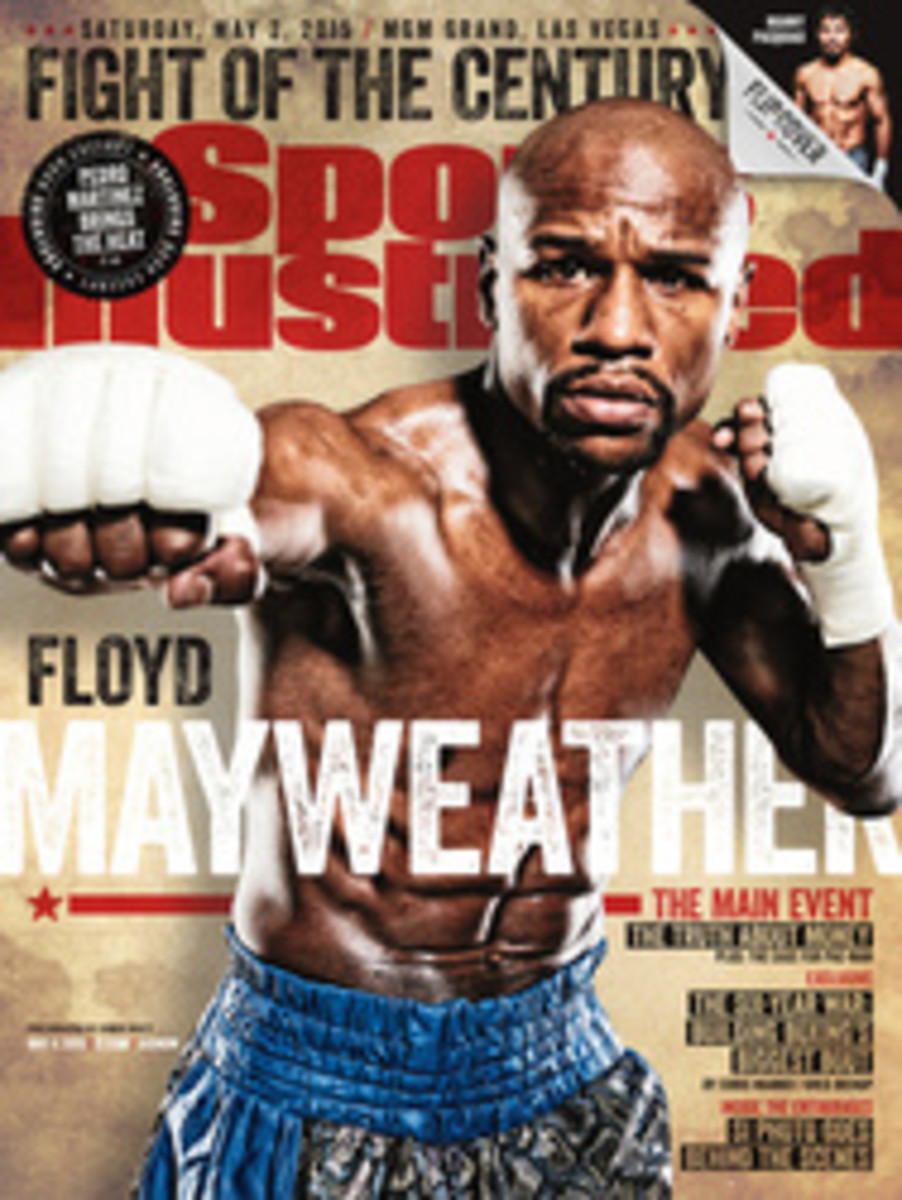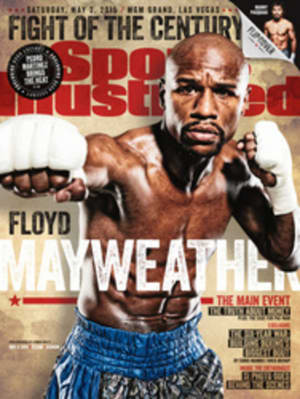
THE CASE FOR Manny Pacquiao
FREDDIE ROACH reclines on the black-leather couch in the living room of his Los Angeles home, near a guitar signed by John Mellencamp, a boomerang, a framed picture of Rocky Marciano and a samurai sword. There's a book on the shelf that seems appropriate, especially after his prized pupil, Manny Pacquiao, finally agreed to terms with Floyd Mayweather Jr. The title is Getting to Yes: Negotiating Agreement Without Giving In. But Roach, Pacquiao's trainer, has yet to read it.
The last Fight of the Century took place eight years before this Fight of the Century. On May 5, 2007, Mayweather faced Oscar De La Hoya, who was trained by Roach; it was the only time they worked together. And though De La Hoya lost a split decision, Roach sees the fight as the blueprint for a Pacquiao victory on Saturday.
Footwork and movement—the dance between punches—will decide the outcome, the 55-year-old Roach says. On a laptop, video of De La Hoya--Mayweather plays. In the initial rounds De La Hoya is able to cut off the ring against Mayweather, to force him back into corners, against the ropes, then lands jabs in flurries. "For the first six rounds he was perfect," Roach says.
But Mayweather is unlike most boxers in that he likes to operate near the ropes—that's his office. The best technical boxer of his generation, Mayweather rarely steps out of position. Moving backward affords him greater room to work. But it's more than that, Roach says. Mayweather steps backward in a deliberate way, so that the most enticing choice for his opponent is to follow, their bodies aligned straight on. Mayweather wants to evade attacks and then counter. The angle is what sets up the counter.
Roach's strategy includes two key points for Pacquiao. 1) He must move Mayweather back, not merely follow him. "If you jab or feint him, and he steps back, you have a huge advantage to score," Roach says. "But you have to score, and you have to get out really quickly. In and out. Clean combinations." And 2) When Mayweather does move backward—what Roach calls setting a trap—don't approach him straight on. Roach wants Pacquiao to move to his right and thereby force Mayweather to either come to Pacquiao or to move to his own right, which is the weaker of his two sides.
After Round 6, De La Hoya looks worried, though he is clearly ahead. The bell rings for Round 7, and Mayweather assumes the defensive posture he made famous, the shoulder roll. He is leaning back slightly, his left shoulder tilted up like a shield. Roach believes Pacquiao can penetrate that defense if he gets close enough; as a southpaw, he can tag Mayweather in that left shoulder with a straight left. The angle is better. "He's rolling right into a southpaw's power," Roach says. "That's a huge advantage for us."
Pacquiao is the best offensive fighter of his generation, and his movement is unpredictable and unorthodox. That, in theory, should also allow him to penetrate Mayweather's guard.
At one point Roach says he considered slapping De La Hoya in the face between rounds to get him to resume the approach he had used in the early going. He says he has done that about five times to other fighters. "I didn't know him well enough," Roach says of De La Hoya. "I thought if I slapped him, he may fall apart. But I wish I had slapped him. We would have won for sure."
Roach believes that this fight will be different, that ring generalship and precision footwork will carry the day. "That, and Mayweather has terrible hands," Roach says. "His whole family has baby-small hands. Dainty."
Sounding certain, Roach says, "Manny can execute what Oscar couldn't." But then he adds, "But me and him in the gym is one thing. In the ring, in the fight, it's a different deal."
PHOTO
ROBERT BECK FOR SPORTS ILLUSTRATED
Oscar Performance Trainer Roach sees the tactics of De La Hoya (left) in this 2007 bout with Mayweather as a blueprint for a Pacquiao victory come Saturday.
ILLUSTRATION

